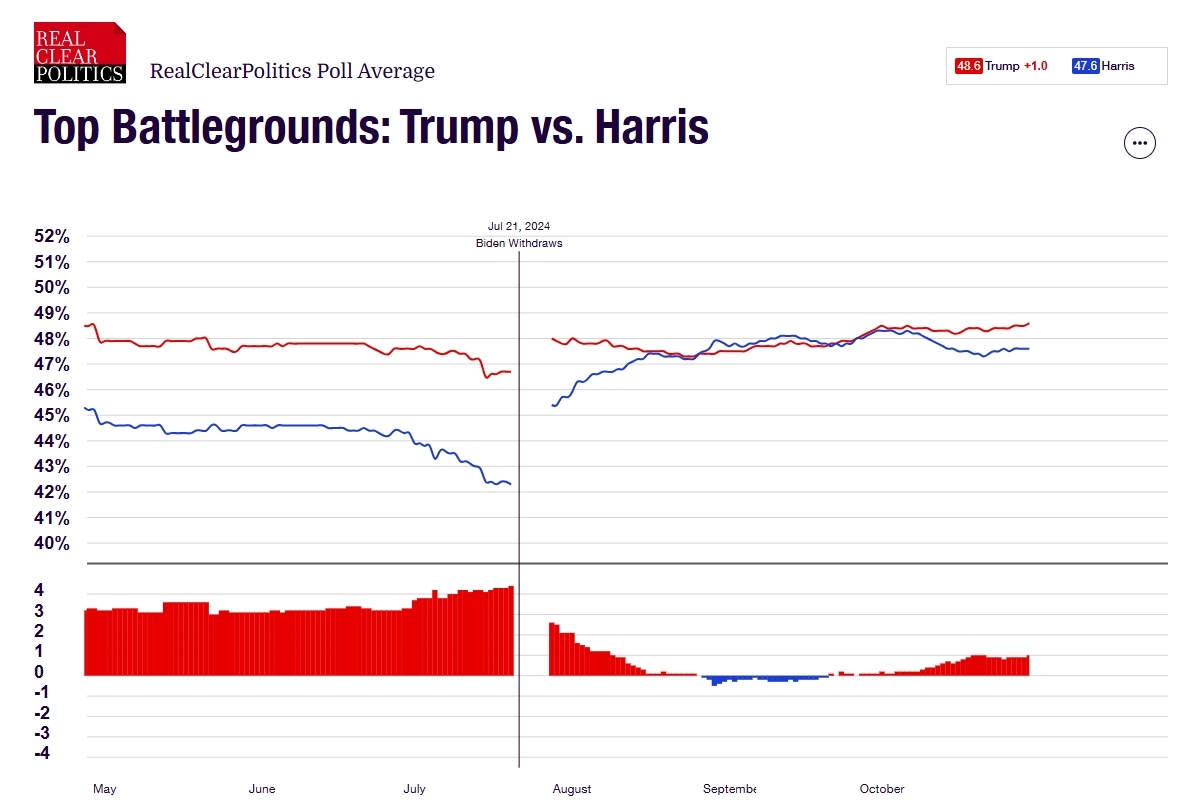After Trump's 2016 victory, investors anticipated domestic-focused sectors would benefit from deregulation, tax cuts, and protectionism, leading to rallies in financials, basic materials, energy, and industrials. Meanwhile, Trump's perceived hostility towards Silicon Valley led to an initial tech sell-off. Yet, during Trump's presidency, tech stocks became the best-performing sector, highlighting the dominance of market forces.



stefanita : This is wrong, biotech will suffer under Trump because of funding cuts.
Alice Lim choo : good
101802945 : Hope Harris will win
104871913 : Due to the US Presidential election this afternoon, the Federal Reserve's interest rate decision are expected to have a substantial impact on the price increase of save-haven assets.
AL MALIK PAIZA : trust me factors that not effective way
AL MALIK PAIZA : investor areas serious an risks challenge have been working on the global postage programme terms